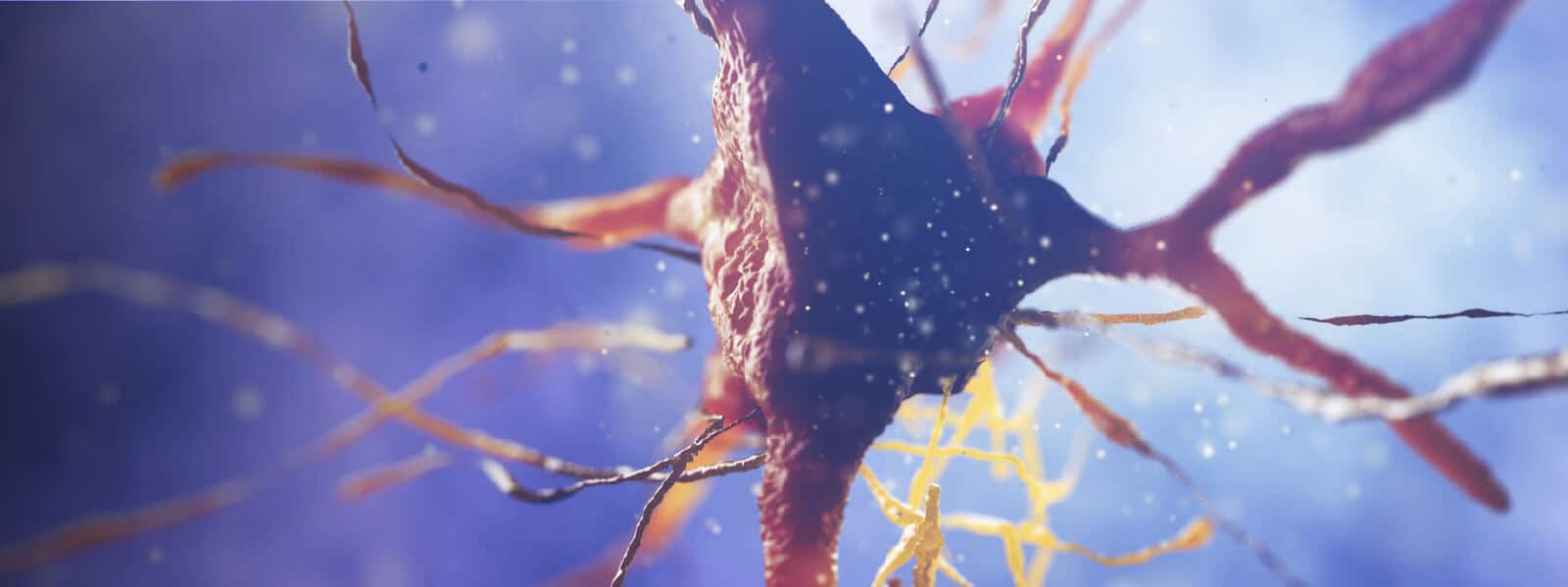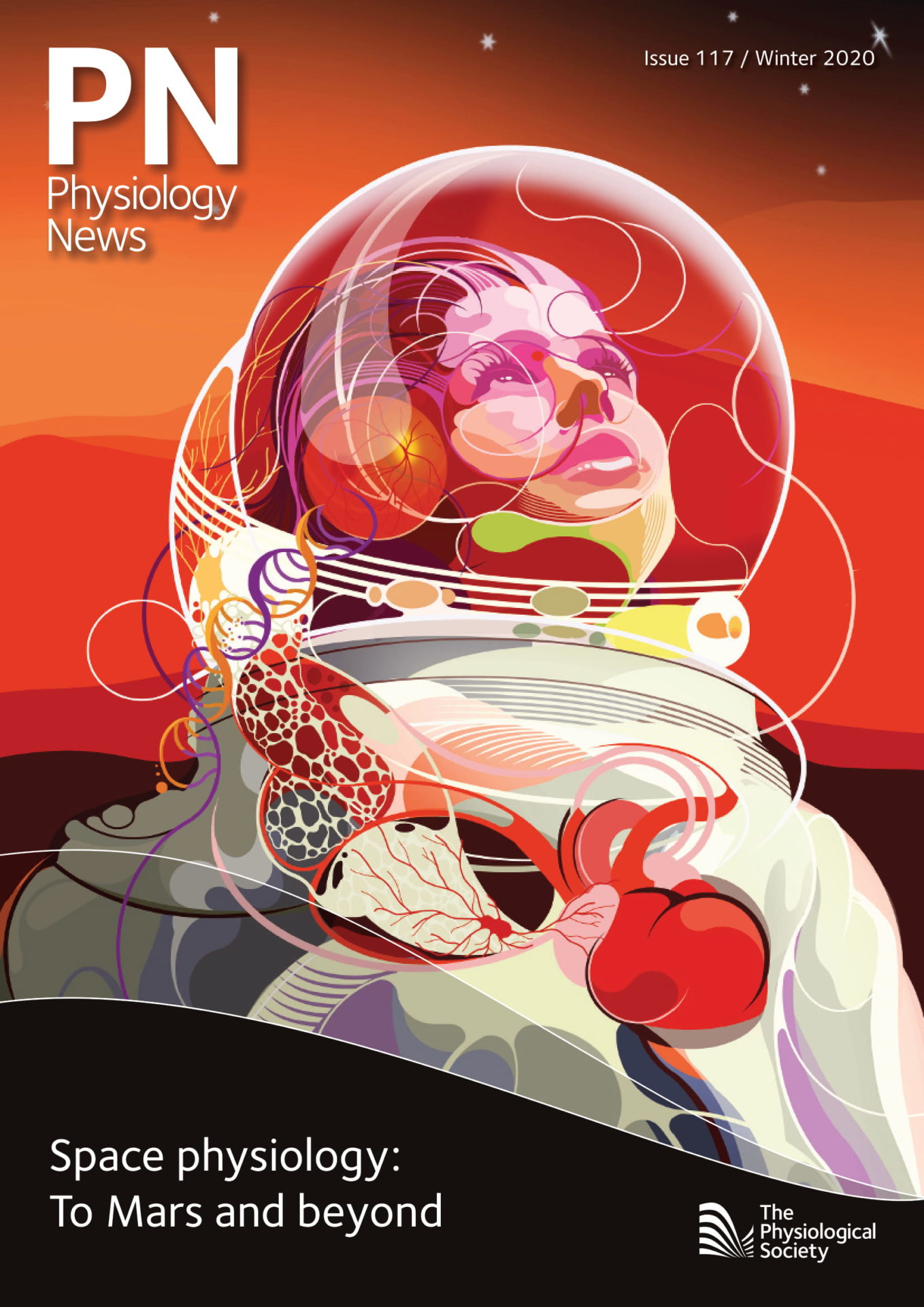
Physiology News Magazine
Editorial: Space is in the air
News and Views
Editorial: Space is in the air
News and Views
Ronan Berg
Guest Editor, Physiology News
https://doi.org/10.36866/pn.117.5
The Second Space Age is here! As we have just celebrated the 50 anniversary of the first manned Moon landing in 1969, it should be clear to anyone that there is a buzz around anything related to space travel these days. Almost every day, studies on astrophysics, astrobiology, and space physiology are published in major scientific journals and often make the news headlines, and I would argue that at least three of the recently awarded 2019 Nobel Prizes are related to space science. The Nobel Prize in Physics was specifically awarded within the astrophysics, including “the discovery of an exoplanet orbiting a solar-type star”. To my excitement, the Nobel Prize in Physiology or Medicine was awarded for “discoveries of how cells sense and adapt to oxygen availability”, which undeniably poses a major challenge in relation to human space exploration! Lastly, the Nobekl Prize in Chemistry was awarded for “the development of lithium-ion batteries”, and less than two weeks later, the acclaimed comparative physiologist Jessica Meir took part in the first-ever all-female spacewalk to install lithium-ion batteries at the International Space Station’s exterior. As it turns out, the members of the Editorial Board have also contracted this space fever epidemic, and it is therefore with gratitude and pleasure that I introduce the Space Physiology Issue of Physiology News, which I literally believe to be “out of this world” due to the kind efforts of its many skilled contributors.
The concept of a Second Space Age is controversial, but is nonetheless often described as a “gold rush to the stars” that involves both government-funded agencies, including the US National Aeronautics and Space Administration (NASA) and the European Space Agency (ESA), as well as private companies from multiple nations that aspire to explore space beyond the Moon, establish permanent extra-terrestrial habitats, and take advantage of the unlimited resources in space. This contrasts with the largely geopolitically driven space race of the First Space Age which set off when the Societ Union launched Sputnik 1 in 1957, and arguably peaked with the six manned Moon landings as part of NASA’s Apollo programme between 1969 and 1972. Furthermore, it ultimately led to the currently more than 19 years of uninterrupted human presence in space on the ISS. Now the Artemis lunar exploration program, which is run by NASA in collaboration with ESA and several other space agencies as well as different commercial partners, has set out to bring humans back to the Moon within the next decade. This will conceivably be the first step to establish a lunar gateway, from where a manned mission to Mars can be launched in the 2030s.
The challenges that must be overcome before humans can set foot in the Martian deserts and perhaps travel further into deep space are multifarious, notably because space is an extremely hostile environment to all known forms of life. Or as the notorious Dr. Leonard “Bones” McCoy put it in Star Trek: “Space in disease and danger wrapped in darkness and silence.” Indeed, life as we know it has evolved and adapted within Earth’s atmosphere and gravitational field, and thanks to decades of research using both Earth-based similations and actual experiments in space, we now have substantial knowledge about how the physiology of the human body is affected by their absence, both acutely and over extended periods of time.
Together, the feature articles of this issue of Physiology News contend that the main physiological stressors during long-term space travel are zero-gravity and ionising radiation, which detrimentally affect practically all organ systems of the human body. As also highlighted in the recent NASA Twins Study, notable changes occur on subcellular, cellular, and organ levels, and lead to severe neurocognitive deficits, impaired vision, severe orthostatic intolerance, sarcopenia, and osteoporosis, to mention a few. As also posited in a previous article in Physiology News, this does in a sense represent a state of severely accelerated ageing (Physiology News 98, 26 – 29). Once an astronaut crew has completed the approximately nine-month-long journey to Mars, there is a considerable risk that they will not be fit to complete the mission upon arrival, unless effective physiologically-based preventive measures are developed. Indeed, this is a sine qua non, if mankind is to survive, thrive, and multiply in extra-terrestrial environments.
With this in mind, I would add to the buzz by quoting the Russian scientist Konstantin Tsiolkovsky; a Century ago when modern aeronautics was still in its infancy, he wrote: “Man will not always stay on Earthl the pursuit of light and space will lead him to penetrate the bounds of the atmosphere, timidly at first, but in the end to conquer the whole of solar space” (Beyond the Planet Earth [1920]). From the current Space Physiology Special Issue of Physiology News, I hope you gather that among the numerous scientific fields that are required to accomplish this, the Second Space Age places physiology at centre stage.
